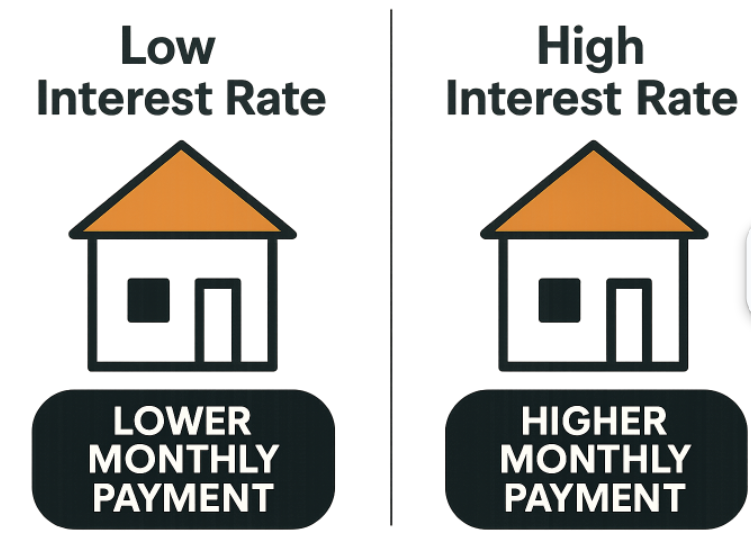Introduction
In the world of home construction and renovation, ensuring that buildings remain durable, energy-efficient, and protected from the elements is of utmost importance. One of the most effective products that address these needs is Tyvek House Wrap. This article explores what Tyvek House Wrap is, its benefits, installation techniques, and common applications in residential construction.
What is Tyvek House Wrap?
Tyvek House Wrap is a weather-resistant barrier manufactured by DuPont. It is designed to protect buildings from moisture, air infiltration, and other environmental factors that can compromise a home’s structural integrity and energy efficiency. Made from high-density polyethylene fibers, Tyvek is lightweight yet durable, providing a unique balance of breathability and resistance to water.
Benefits of Using Tyvek House Wrap
Moisture Management
One of the primary functions of Tyvek House Wrap is to manage moisture. Traditional building methods often leave gaps and seams that can allow water to penetrate walls. Tyvek helps to prevent water from entering the building envelope while allowing moisture vapor to escape, reducing the risk of mold growth and structural damage.
Energy Efficiency
By reducing air leakage, Tyvek House Wrap significantly enhances a home’s energy efficiency. Proper installation can lead to lower energy bills as it helps maintain consistent indoor temperatures. This is especially important in regions with extreme weather conditions.
Durability
Tyvek is known for its durability. It can withstand harsh weather conditions, including heavy rain, snow, and wind. Unlike traditional paper or felt house wraps, Tyvek does not disintegrate over time, ensuring long-lasting protection for the building.
Lightweight and Easy to Handle
Tyvek House Wrap is lightweight and easy to transport and handle. This feature simplifies the installation process, making it a popular choice among contractors and DIY enthusiasts alike.
Versatility
Tyvek can be used in various applications, including residential and commercial buildings, and works well with different types of siding materials, such as vinyl, wood, and stucco. Its adaptability makes it a go-to choice for many builders.
Understanding the Composition of Tyvek House Wrap
Tyvek House Wrap is made from high-density polyethylene fibers that are spun-bonded together. This unique manufacturing process gives Tyvek its characteristic properties:
Breathability: The material allows water vapor to escape, which is crucial for maintaining a healthy indoor environment.
Water Resistance: While breathable, Tyvek is also designed to resist liquid water, preventing it from penetrating the building envelope.
UV Resistance: Tyvek can withstand exposure to UV light, ensuring it retains its effectiveness even when exposed to sunlight for extended periods.
Installation Techniques for Tyvek House Wrap
Proper installation of Tyvek House Wrap is essential for maximizing its benefits. Here are some key steps to ensure effective installation:
Preparation
Before installation, ensure that the building’s exterior is clean and free from debris. Check for any protrusions, such as nails or screws, that could compromise the wrap’s effectiveness.
Cutting the Wrap
Tyvek House Wrap comes in large rolls and should be cut to size to fit the exterior of the building. Make sure to leave some extra material around the edges for proper sealing.
Applying the Wrap
Begin at the bottom of the wall and work your way up. Unroll the Tyvek and attach it to the sheathing using staples or fasteners. Make sure to overlap each row by at least six inches to prevent water intrusion.
Sealing the Joints
Use Tyvek tape to seal all seams and joints. This step is crucial for preventing air and moisture infiltration. Ensure the tape adheres well and is applied smoothly.
Flashing Windows and Doors
Install flashing around windows and doors to redirect water away from these vulnerable areas. The Tyvek should be cut around these openings, and the flashing should be installed on top of the Tyvek for maximum protection.
Final Inspection
After installation, inspect the Tyvek House Wrap to ensure there are no gaps, tears, The Importance of Tyvek House Wrap in Home Construction or misalignments. A thorough inspection can prevent future issues related to moisture and air infiltration.
Common Applications of Tyvek House Wrap
Residential Construction
In residential construction, Tyvek House Wrap is often used in new builds and renovations. Its moisture management capabilities make it an ideal choice for keeping homes dry and energy-efficient.
Commercial Buildings
Tyvek is also widely used in commercial construction, providing a reliable weather barrier for various types of buildings, including offices, retail spaces, and warehouses.
Siding Applications
Tyvek House Wrap works seamlessly with a variety of siding materials. The Importance of Tyvek House Wrap in Home Construction Whether it’s vinyl, wood, or fiber cement siding, Tyvek provides an effective moisture barrier that enhances the longevity of the siding.
Remodeling Projects
During remodeling projects, Tyvek can be used to reinforce existing structures. It helps protect exposed walls during renovations and ensures that the building remains energy-efficient throughout the process.
Cost Considerations
When considering Tyvek House Wrap for your construction project, it’s essential to weigh the initial costs against the long-term benefits. While the upfront cost of Tyvek may be higher than traditional house wraps, its durability, energy efficiency, and moisture management can result in significant savings over time.
Installation Costs
Installation costs can vary depending on the size of the project and the complexity of the installation. Hiring a professional contractor may increase costs, but it can ensure proper installation and maximize the benefits of Tyvek.
Long-Term Savings
Investing in Tyvek House Wrap can lead to long-term savings through reduced energy bills, decreased maintenance costs, and improved home value. A well-insulated and protected home is more appealing to potential buyers, making it a wise investment.
Environmental Considerations
Tyvek House Wrap is also an environmentally friendly choice. The Importance of Tyvek House Wrap in Home Construction The material is recyclable and can help reduce a home’s overall carbon footprint by improving energy efficiency. By minimizing air leakage and moisture intrusion, Tyvek contributes to a healthier indoor environment, benefiting both occupants and the planet.
Sustainability
The production of Tyvek incorporates sustainable practices, making it a responsible choice for eco-conscious builders and homeowners. Its durability means fewer replacements and repairs over time, further reducing its environmental impact.
Indoor Air Quality
By managing moisture and preventing mold growth, Tyvek House Wrap contributes to improved indoor air quality. This is particularly important for families with allergies or respiratory issues, ensuring a healthier living environment.
Conclusion
In summary, Tyvek House Wrap is an invaluable component in modern construction practices. Its unique properties offer excellent moisture management, energy efficiency, and durability, making it a preferred choice for builders and homeowners alike. Proper installation is key to maximizing its benefits, and with its wide range of applications, Tyvek is suitable for both residential and commercial projects.
Investing in Tyvek House Wrap not only enhances the longevity and performance of a building but also contributes to a healthier indoor environment and a more sustainable future. As the demand for energy-efficient and durable construction materials continues to grow, Tyvek House Wrap remains a leader in the industry, providing reliable protection against the elements while ensuring comfort and efficiency.
For anyone considering a new construction project or renovation, Tyvek House Wrap is undoubtedly worth considering as part of a comprehensive building strategy that prioritizes quality, efficiency, and sustainability.






